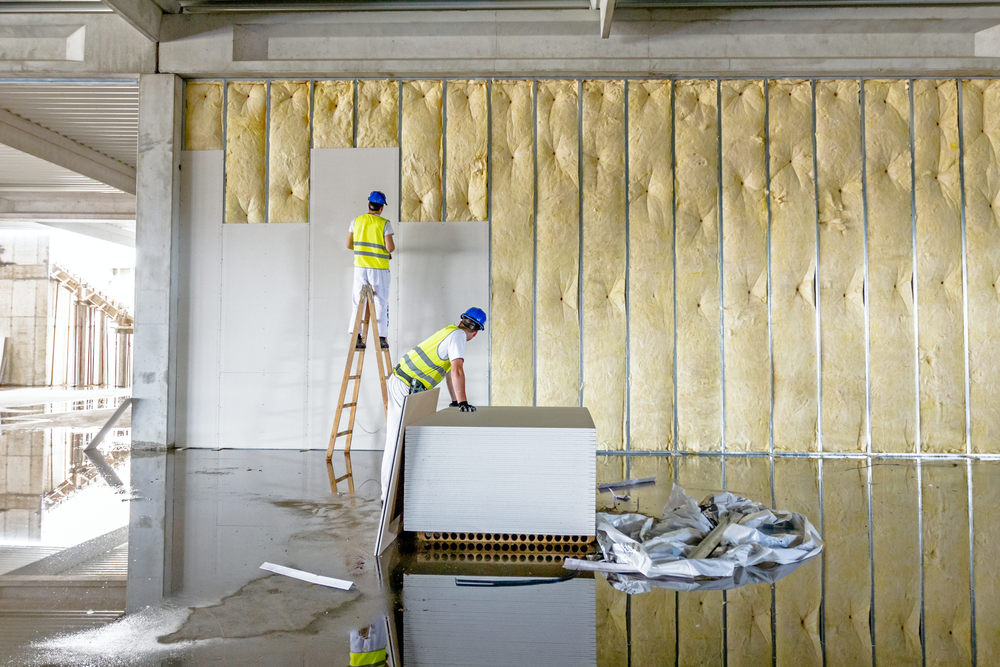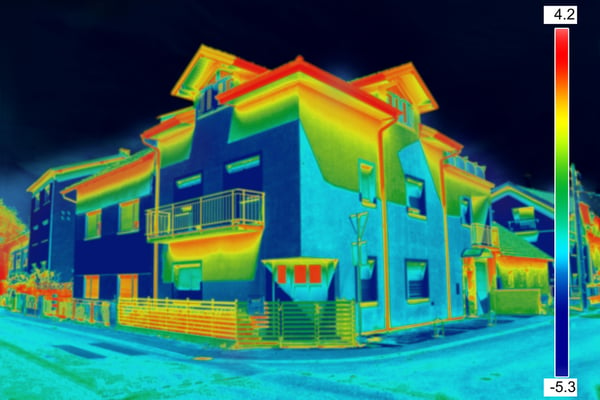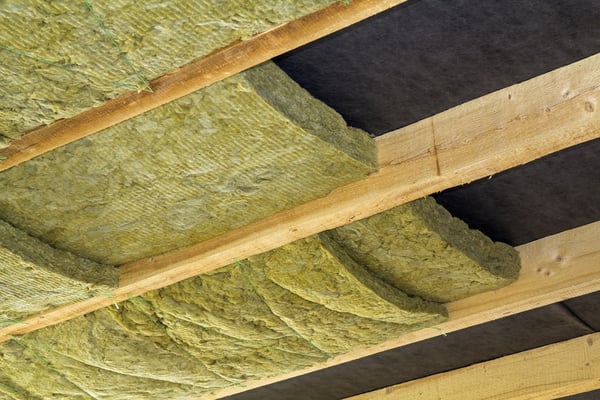Energy Efficiency Upgrades: The Building Envelope

If you measure energy consumption for a residential or commercial building, it is likely that heating and cooling will represent the largest share. For this reason, energy efficiency measures that improve these systems will normally achieve the highest dollar savings.
Heating and cooling costs can be reduced by upgrading to more efficient equipment, or by adding smart controls that optimize operation. However, upgrading the building itself is also an option. If the thermal envelope can minimize winter heat loss and summer heat gain, the workload on HVAC systems is reduced.
Save on heating and air conditioning with an efficient building envelope.
The Two Main Types of Building Envelope Issues
A building envelope is considered inefficient when it allows high rates of heat transfer between interior spaces and the outdoor environment. Eliminating heat gain and heat loss completely is not possible, but they can be minimized to improve efficiency.
If a building envelope has poor performance, there are two possible causes. Both issues may be found together in the same building, increasing energy waste:
- Deficient insulation
- Air leakage
When a building is poorly insulated, there is plenty of heat conduction through the roof, walls and floor slabs. This translates into heat gain during the summer, and heat loss during the winter. The insulation level is normally measured with the R-Value, which describes heat flow resistance per unit of area. For example, a building with R-20 insulation loses 75% less heat than an identical building with R-5 insulation.
Air leaks increase heat transfer in a different way, but the effect on energy consumption is the same. The loss of cool air increases air conditioning costs in summer, while the loss of warm air increases heating costs in winter.
How to Detect Air Leakage and Deficient Insulation

Building envelope issues leave no visual signs in most cases, which makes them difficult to detect. However, energy consultants have many tools at their disposal. Thermal imaging cameras are especially useful, since they make temperature differences visible. When a sudden temperature change in the building envelope is detected, a gap in the insulation is likely.
The streams of cold and warm air caused by air leaks are also visible with thermal imaging cameras. Energy consultants may also use pressurization tests to pinpoint air leaks with a visible tracer, such as smoke.
Improving the Building Envelope
Achieving a high R-value in existing buildings is more difficult than in new constructions. Insulation must be applied as a layer or sprayed foam in existing building elements, but it can be embedded in a new construction. For example, insulating concrete forms (ICF) are cast in place when concrete is poured. When ICFs are installed properly, they can achieve insulation levels above R-20.
Once detected, many air leaks can be sealed easily with weatherstripping or caulking:
- Weatherstripping is designed for air leaks around moving elements, such as doors and windows.
- On the other hand, caulking is designed for fixed elements, such as the frames of doors and windows.
In new buildings and major renovations, the best approach is designing an airtight construction with a high R-value from the start. This reduces the heating and cooling input required for a suitable temperature, and the HVAC units can be specified with a smaller nameplate capacity. This reduces not only the operating cost, but also the price of equipment.

If you are planning an HVAC upgrade, consider a building envelope inspection first. When there are insulation issues and air leaks, even the most efficient HVAC units in the market waste energy. By optimizing the building envelope first, you can then upgrade to more efficient equipment of a smaller capacity.
Consider than each building is unique, and energy efficiency measures are more effective if they are selected after an energy audit. A trial-and-error approach is not recommended, since you may end up investing in measures that are ineffective for your building.

Anuj Srivastava
Anuj Srivastava is a principal partner at NY Engineers. He is known for his MEP franchise market knowledge. Anuj is currently leading a team of 100+ MEP/FP engineers and has successfully led over 1500 franchise projects in the US.
Join 15,000+ Fellow Architects and Contractors
Get expert engineering tips straight to your inbox. Subscribe to the NY Engineers Blog below.



